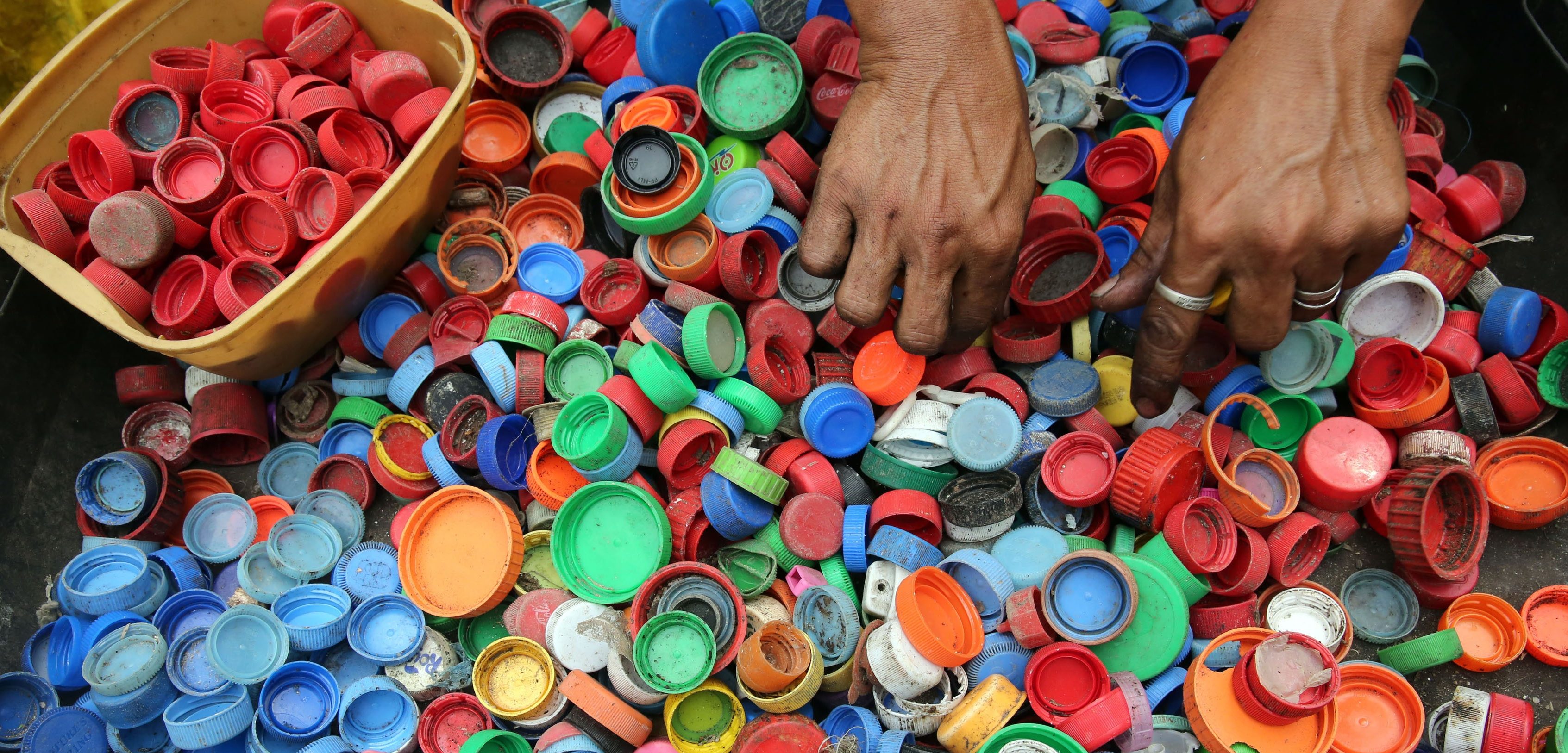Tuesday, May 15, 2018 we hosted, for our Energy Talks series, Prof. Lucia Rigamonti, who teaches Sanitary-Environmental Engineering at the Polytechnic of Milan. Since 2007 she has been researching strategies for integrated and sustainable management of waste and resources through the LCA method.
Prof. Rigamonti explained the meaning of the expression Life Cycle Thinking, that is a general theoretical framework within which various impact assessment tools are framed, such as the Life Cycle Costing (LCC), which assesses the economic impacts, the Social Life Cycle Assessment (SLCA), which evaluates the social impacts, and the more known Life Cycle Assessment (LCA), which evaluates the environmental impacts. The main feature of LCT is the analysis of the life cycle (of a product, a service or a process) taken as a whole, from the extraction of raw materials to the end of life, with a from cradle to grave approach – or from cradle to cradle, if we consider in the analysis also the return of raw materials in the system through recycling.
Later Prof Rigamonti focused on LCA itself: first applied only to products, today this method of analysis is also applied to processes and services – such as waste management. The primary objective of this kind of analysis is to avoid the so-called burdern shifting, that is the phenomenon that happens when the optimization of a single phase of the LC worsen the impact of the others.
Waste management, i.e. the management of the end of life, is by definition part of any LCA conducted on a product, but can be analyzed seprately. The application of the LCA to waste management makes it possible to: compare different management options, such as incineration and landfill disposal; compare different procedures within the same treatment category; evaluate integrated management systems, which combine landfilling, incineration, composting, etc.
A life cycle analysis consists of 4 phases:
- definition of the purpose and objectives;
- inventory analysis;
- impact assessment;
- interpretation of results.
In the first phase the functional unit is defined to identify the function of the system. In the waste management case, an appropriate functional unit coud be the treatment of 1 ton of waste within a year. It is also necessary to set the boundaries of the system: often the analysis starts with waste treatment, thus excluding waste production.
In the second phase, which is the longest and most complex, data on consumption of materials and energy, on production of residues, on emissions in water, air, soil are collected for each step of the life cycle – including transport activities. Possible production of materials and energy is also considered: the usual procedure is to subtract the impacts that could be generated if the same amount of materials or energy was produced in ways which are alternative to the one that is being analyzed (the choice of these “alternative ways” is aribitrary – thus the results may differ greatly between one study and another). Considering the case of an incineration plant, for example, it is necessary to collect the following data: the amount of waste burnt, the composition of the chimney emissions, the amount of energy produced and residues generated (and how they are disposed of), internal consumption of energy, chemical additives, water and materials for the construction of the plant.
Then, in the third phase, a certain number of impact indicators are identified, such as climate change, human toxicity, etc., and, by means of appropriate conversion factors, they are quantified – e.g. climate change is assessed by counting the kg of equivalent CO2. These impact indicators represent the result of the analysis.
Finally, in the fourth phase, the results are interpreted, possibly evaluating their reliability and correctness.
Our guest concluded her speech by presenting the LCA study of the urban waste management system in Lombardy, realized by her research group at the Polytechnic of Milan. The results of this analysis were to improve the environmental performance of the system and were included in the regional waste management plan.
► USEFUL LINKS


